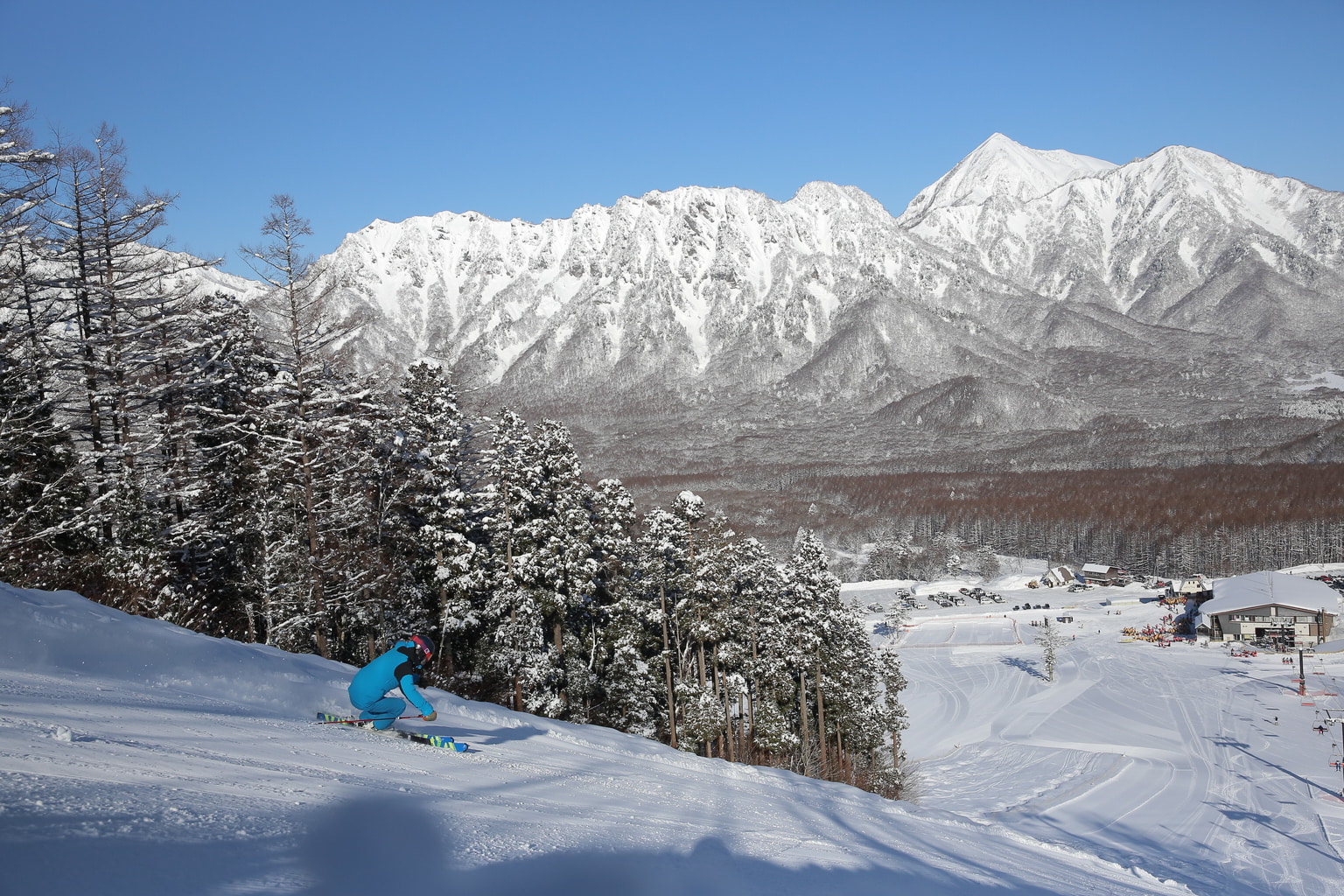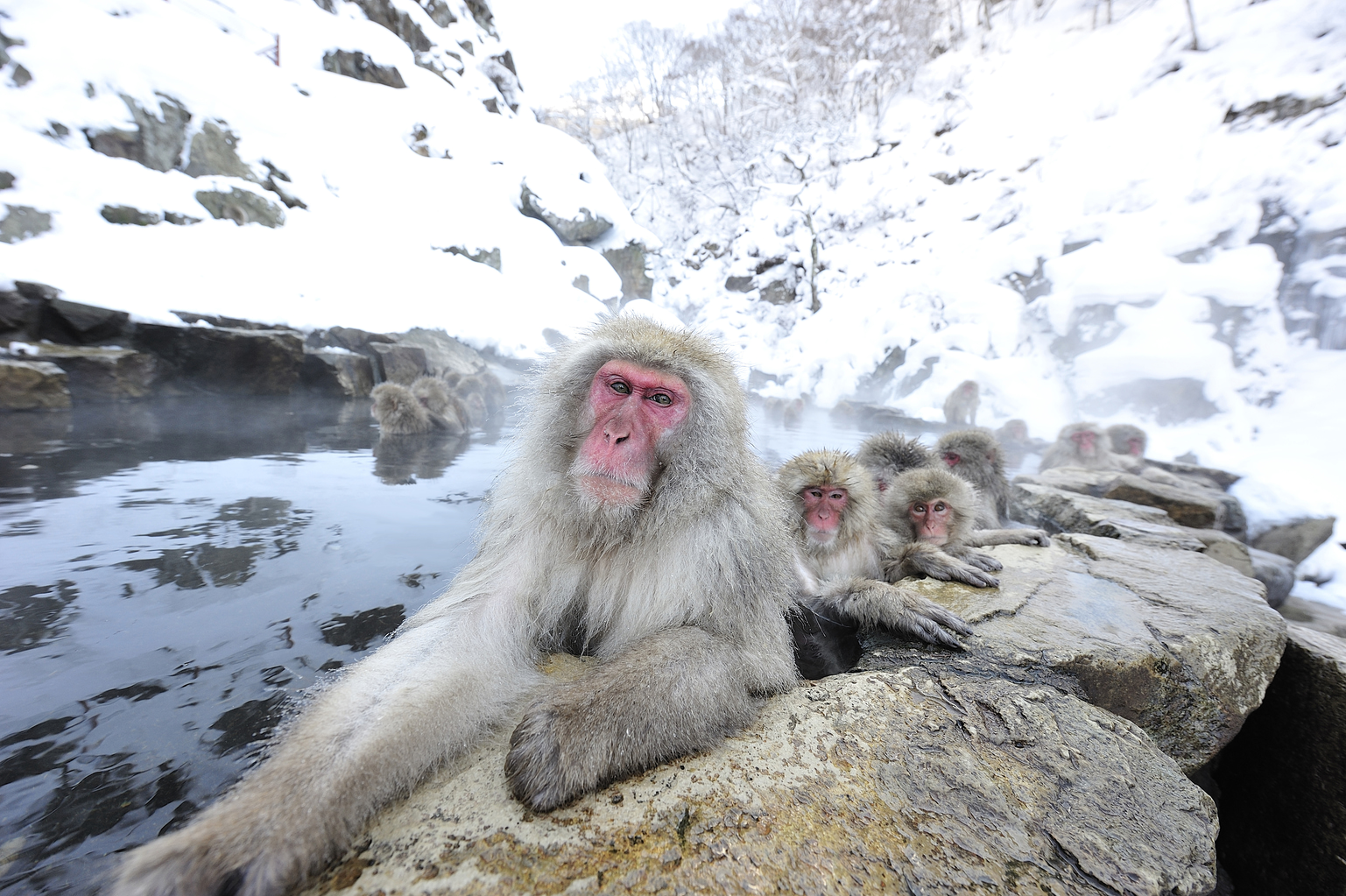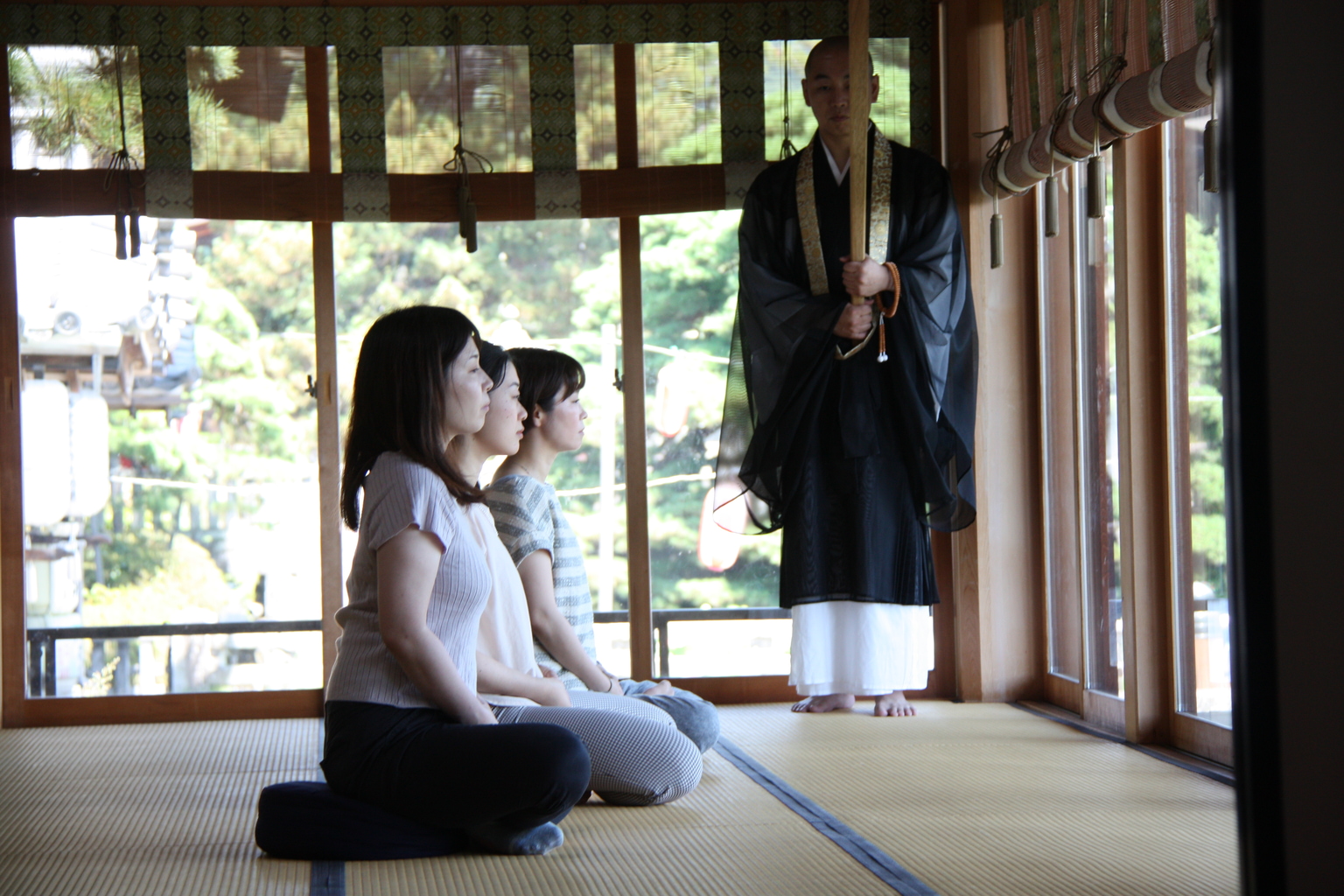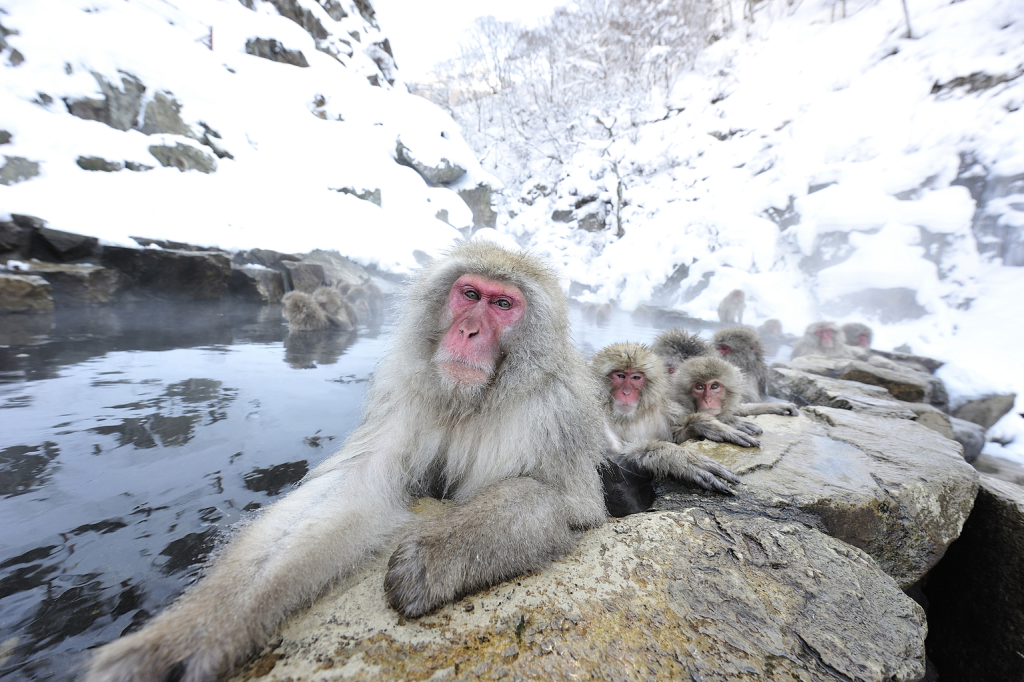When a city is chosen to play host to the Winter Olympic Games, as Nagano was in 1998, you know you can expect some of the softest powder snow around. Located in the heart of the Chubu region and home to the majestic Northern Japan Alps, the prefecture has long been a must-visit for skiiers and snowboarders from around the world.
But there’s also far more to the city and prefecture’s appeal than just the snow. Offering a quintessential Japanese winter vacation experience, here you’ll find traditional ryokan (which also means revitalizing onsen bathing), restaurants serving superb local cuisine and plenty of other activities unique to the area. If you’re keen to keep things low-key but interesting in between carving up the slopes, here’s our guide to the top attractions in Nagano.

Temple Stays and Festivals
History buffs will appreciate the many tales that Nagano city has to tell, including those passed on by one of the country’s oldest Buddhist temples. Built in the year 644, Zenkoji played an important role in the founding of the city and is a top destination for those embarking on an enlightening pilgrimage. Even now, it remains one of the most visited temples thanks to its part in Japanese history, notably during the Sengoku period when it regularly served as battlefield. Zenkoji also houses Ikko-Sanzon Amida Nyorai, a sacred statue said to be the first Buddhist image to make its way from Korea to Japan (as a gift to the emperor). A copy of the artifact is showcased every seventh year during the Gokaicho Festival, while the original is kept safely out of the public eye.
If you can’t hang around for a few more years (the next statue showing is scheduled for 2021), here’s an alternative must-see: every year in early February, Zenkoji gets lit up in a beautiful, colorful display during the Nagano Tomyo Matsuri. This special festival was founded in 2004 to commemorate the 1998 Winter Olympics and features a series of light shows on the temple grounds. To promote peace in Japan and abroad, hundreds of lanterns decorate Nakamise Street, a picturesque alley lined with shops. It’s a great occasion to discover local delicacies and traditions at night.

If you’re planning on visiting before or after the festival, there’s one more unique way to enjoy your visit to Zenkoji. The temple is one of just a few in Japan that offers shukubo – a possibility to stay at some of the temple’s lodgings. Tuck into a vegetarian meal, rest for a night like a monk and open yourself up to meditation and serenity. And don’t worry about feeling like you’re stranded in the middle of nowhere – even in winter, the walk from central Nagano to Zenkoji is an enjoyable two-kilometer stroll (if you’re dressed appropriately).
Looking for even more ways to connect with traditional Japan? There are 39 temples under Zenkoji, one of them being Daikanji located north of Nagano Central Station. With the goal of introducing visitors to the Buddhist tradition and culture that was once at the heart of Nagano city, this is the place to go if you want a more hands-on experience of temple life. Have a go at shakyo, the act of copying sutras, or participate in a meditation session led by one of the temple’s priests.

Hot Springs and Snow Monkeys
The prefecture and its capital thrive in cold weather. The best of Nagano rests in its many hot springs, the crisp white slopes of its mountains and winter festivities. If you don’t mind a little nudity, you’ll find some of the most comforting and healing baths here. After all, there’s nothing quite like going for a day of skiing, coming back to the ryokan and soaking in mineral-rich water. A true haven if you want to completely disconnect.
The region has quickly stood out among winter-loving globetrotters for its unique view of snow monkeys who, yes, also take the time to relax in the mountains’ various hot springs. You can see them up close and personal at Jigokudani Yaen Koen. Also known in English as the Snow Monkey Park, it was created back in the 1960s as a conservation area for the adorable Japanese macaques.
It quickly became a go-to place for travelers, researchers and nature photographers to observe the wild monkeys who are, let’s face it, living their best lives. It’s said they are the only species to have developed such behavior. It should be clear that this isn’t a zoo – the monkeys are free to come and go as they please, with many having made it a habit to visit the park throughout the year. Only in winter can you see them soaking surrounded by the cold and heavy snow. And if you’re in it for the baby monkeys, re-visit in the spring.

Book a Nagano Tour
Whether you’re visiting for a quick pit stop or staying for a few days, Nagano city offers many tour packages.
Nagano tours range from one to three days and center around Nagano-specific experiences, covering everything from onsen to skiing, with a combination catered to every kind of traveler. Discover the city’s rich sake culture, taste oyaki (steamed buns that come in sweet and savory varieties), try horse sashimi if you’re feeling a little adventurous, and enjoy the winter staple, oden. You can make sure you hit the slopes with a ski-inclusive package while also visiting downtown Nakano. If you’re wanting to get a more encompassing overview of the prefecture, some tours also include visits to popular sightseeing spots outside the city.
To celebrate the peak season, TW recommends their one-day package including a stop at Zenkoji, plenty of snow monkeys and the beautiful Tomoyo Matsuri to start your evening. (Please note this package is only available during the festival.) While the temple stands for peace and serenity, you’ll also find a vibrant nightlife in the city. Make sure you have a few hours to dedicate to bar hopping.
For tour information and bookings, go to www.snowmonkeyresorts.com/tours
Want to know what else Nagano has to offer? Check out our introduction to Togakushi here.
Sponsored Post









